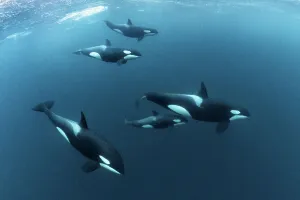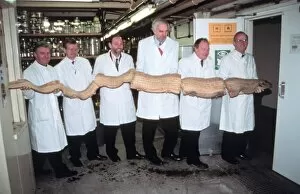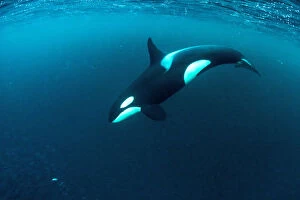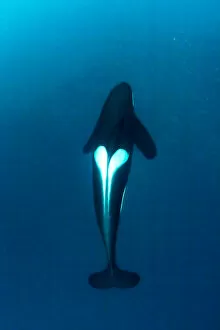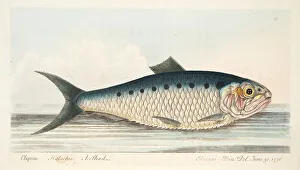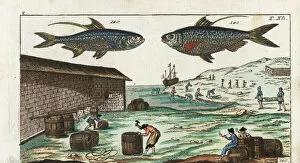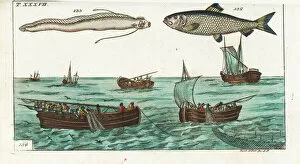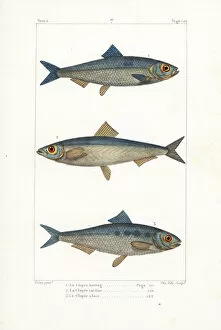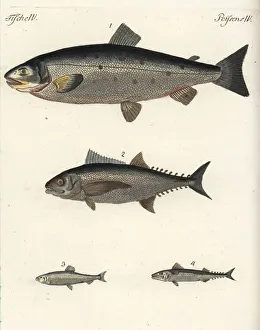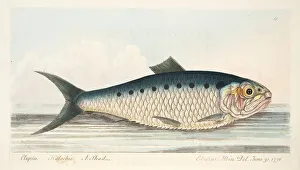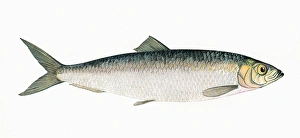Clupea Collection
"Clupea: The Lifeline of Marine Ecosystems" In the vast oceanic realm, a symphony of life unfolds as clupea, commonly known as herring, takes center stage
All Professionally Made to Order for Quick Shipping
"Clupea: The Lifeline of Marine Ecosystems" In the vast oceanic realm, a symphony of life unfolds as clupea, commonly known as herring, takes center stage. These small but mighty fish play an indispensable role in sustaining the delicate balance of marine ecosystems worldwide. As dawn breaks on the horizon, killer whales or Orcas (Orcinus orca) emerge from the depths with a purposeful mission. A pod of these majestic creatures embarks on a synchronized hunt within a mesmerizing spectacle called a herring baitball (Clupea harengus). With strategic precision and teamwork, they encircle their prey, European pilchard and Sardina pilchardus alike. Witnessing this extraordinary display is awe-inspiring; Killer whales diving gracefully into the depths to seize their prize - herring fish (Clupea harengus). Their sleek bodies glide effortlessly through the water as they navigate through shimmering schools harengus. At dusk's arrival, an adult male Orca emerges from beneath the surface surrounded by birds seeking refuge amidst his presence. This magnificent creature represents not only power but also harmony between species - united by their shared reliance on Clupea harengus or Atlantic Herring. Throughout history, humans have recognized clupea's significance. Dating back to 1832 when "The Shad, " depicted in hand-colored engravings showcased its importance in fish-ponds and fisheries. From Malabar thryssa to Blochs gizzard shad and sardine smokehouses - cultures across continents celebrate this remarkable species' versatility. From Indo-Pacific tarpon to Chinese gizzard shad, various aquatic inhabitants depend on clupea for sustenance. Its abundance supports thriving ecosystems while ensuring survival for countless marine organisms that rely on its nourishment. However, human activities such as drift-net fishing pose significant threats to clupea populations.

